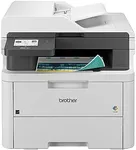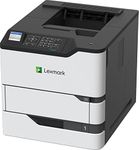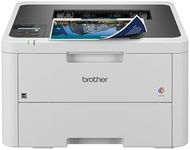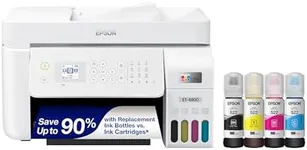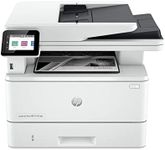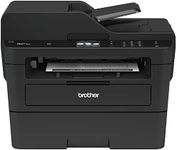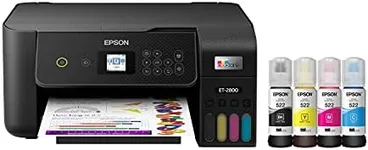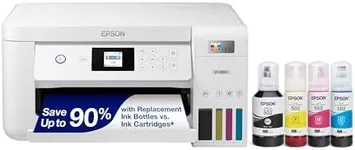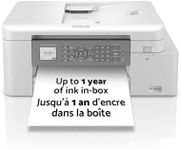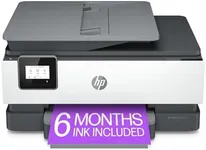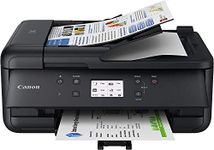Buying Guide for the Best Office Printers
Choosing the right office printer can make a big difference in your daily workflow. The best printer for your office depends on how much you print, what you print (text, graphics, photos), and how many people will use it. Start by thinking about your typical printing tasks and the number of users. Consider whether you need extra features like scanning, copying, or wireless printing. Understanding the main specifications will help you find a printer that fits your office needs and keeps things running smoothly.Print TechnologyPrint technology refers to how the printer creates images and text on paper. The two main types are inkjet and laser. Inkjet printers use liquid ink and are good for color images and photos, while laser printers use toner powder and are better for fast, high-volume text printing. If your office prints mostly documents, a laser printer is usually more efficient. If you need to print high-quality color images or photos, consider an inkjet. Think about your main printing tasks to decide which technology suits you best.
Print SpeedPrint speed is measured in pages per minute (ppm) and tells you how quickly the printer can produce documents. Lower speeds (up to 20 ppm) are fine for small offices or occasional printing. Medium speeds (20-40 ppm) suit most standard offices with regular printing needs. High speeds (over 40 ppm) are best for busy offices with heavy printing demands. Consider how often and how much you print to choose a speed that keeps your workflow efficient.
Print ResolutionPrint resolution, measured in dots per inch (dpi), affects how sharp and clear your prints look. Lower resolutions (600 x 600 dpi) are enough for basic text documents. Medium resolutions (1200 x 1200 dpi) are good for documents with some graphics. Higher resolutions (2400 dpi or more) are best for detailed images or professional-looking materials. If your office mostly prints text, you don’t need the highest resolution. If you print graphics or marketing materials, look for higher dpi.
Paper HandlingPaper handling covers the types and sizes of paper the printer can use, as well as the capacity of its input and output trays. Basic printers handle standard letter or A4 paper and have smaller trays (up to 150 sheets). More advanced models can handle larger paper sizes, envelopes, or labels, and have bigger trays (250 sheets or more). If your office prints a lot or uses different paper types, look for a printer with flexible paper handling and larger trays to reduce refilling.
ConnectivityConnectivity options determine how you connect the printer to your computers and devices. Common options include USB, Ethernet (wired network), and Wi-Fi (wireless). Some printers also support mobile printing or cloud services. For a single user, USB may be enough. For shared office use, Ethernet or Wi-Fi allows multiple people to print easily. If you want to print from phones or tablets, look for mobile printing features. Choose connectivity that matches how your office works.
Multifunction FeaturesMany office printers are multifunction devices, meaning they can also scan, copy, and sometimes fax. If your office needs to digitize documents, make copies, or send faxes, a multifunction printer (MFP) is a good choice. If you only need to print, a single-function printer may be simpler and more compact. Think about your daily tasks to decide if these extra features are necessary.
Duty CycleDuty cycle is the maximum number of pages a printer can handle in a month without problems. Lower duty cycles (up to 2,000 pages) are fine for small offices. Medium duty cycles (2,000-10,000 pages) suit most standard offices. High duty cycles (over 10,000 pages) are for busy offices with heavy printing. Estimate your monthly print volume and choose a printer with a duty cycle that’s comfortably above your needs for reliability.

